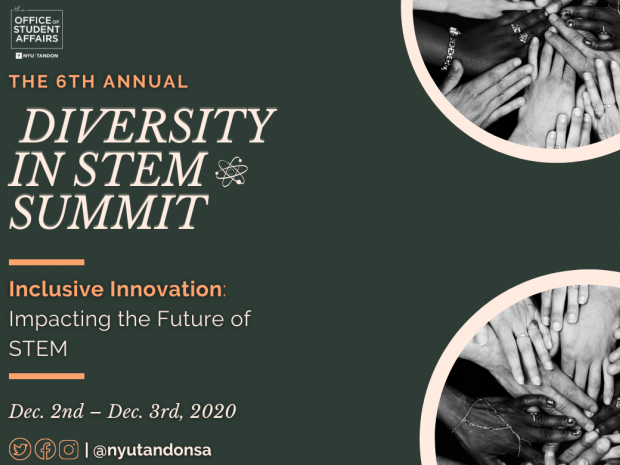Elephant in the Room: Race and STEM Diversity - BioSciencePosted by Franck Padilla on July 3rd, 2021 Examine This Report about Center for STEM Diversity - School of Engineering
Nevertheless, "clinical skill" is not natural. It is cultivated through numerous hours of training and effort. Additionally, teams, not people, conduct most clinical research study. Thus, the story of the fantastic, specific scientist mainly fails us in the modern-day research enterprise. When Click Here For Additional Info consider scientific research as group analytical, rather of the unveiling of individual radiance, diversity ends up being essential to quality. He reveals that, when trying to solve intricate problems (i. e., the sort of thing scientists are paid to do), development typically arises from varied perspectives. That is, the ability to see the issue in a different way, not just "being clever," often is the key to a development. As a result, when groups of intelligent individuals are working to resolve hard problems, the variety of the problem solvers matters more than their individual capability. 
Naturally, there are caveats. Two individuals can be from comparable social backgrounds and have great deals of difference in perspective and life experience, or more individuals can be from distinct social backgrounds and yet method analytical nearly identically. I get that. However, while it is essential to prevent essentializing individuals (i. These distinctions can bring new point of views needed to promote development. Once again, scientific development relies on clinical talent. Scientific talent represents the end outcome of a process of potential being cultivatedby experienced instructors, mentors and colleaguesand effort on the part of the person. I've done numerous multisyllabic, extremely technical sounding things in my scientific careerfrom utilizing multiparameter circulation cytometry to define signaling networks in hematopoietic and leukemic stem cells, to several logistic regression to study the enterprise itself. What Does 8 ways to improve diversity in STEM - Futurity Mean?
All of my clinical work has resulted from hours of effort, the assistance of phenomenal colleagues and mentors, and remarkable access to resources. While there are strong imbalances in the racial/ethnic and gender representation throughout scientific fields, there is no proof to suggest that cultivatable clinical potential differentially segregates throughout lines of social identity. e., race/ethnicity, gender, etc.). Therefore, the large and persistent underrepresentation of specific social groups from the enterprise represents the loss of skill. As NIH Director Francis Collins has said, persistent and woeful underrepresentation in the labor force leads to "the unavoidable conclusion that we are missing crucial factors to our talent pool." Long-term economic growth is connected to scientific improvement, and scientific improvement counts on having a capable labor force. Like it? Share it! |


